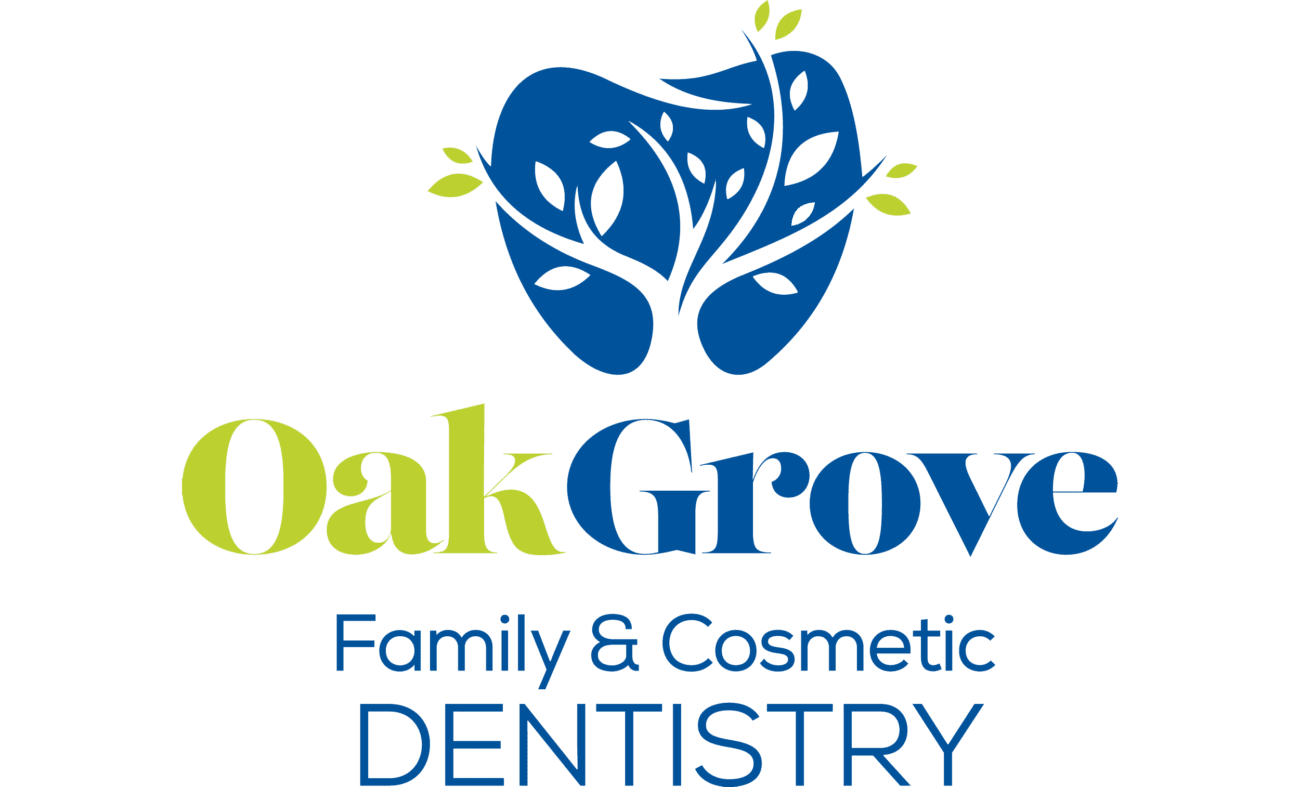Tooth extraction, while often necessary for oral health, can leave patients feeling nervous about the recovery process. Whether it’s due to severe decay, infection, crowding, or wisdom teeth, the removal of a tooth is a minor surgical procedure that requires proper aftercare to ensure smooth healing. Understanding the dos and don’ts following an extraction can prevent complications such as infection or dry socket and help you return to normal more quickly and comfortably.

Managing Pain and Discomfort
It’s normal to experience some discomfort once the anesthetic wears off. Your dentist or oral surgeon will likely recommend over-the-counter pain relievers such as ibuprofen or acetaminophen to manage pain and reduce inflammation. In some cases, prescription medication may be provided for the first couple of days. Applying a cold compress to the outside of your face near the extraction site for 15–20 minutes at a time can also help minimize swelling and numb the area, especially within the first 24 hours.
Controlling Bleeding and Encouraging Clot Formation
After the tooth is removed, a blood clot forms in the socket to protect the bone and nerve endings. To help this process, your dentist will place a piece of gauze over the extraction site and ask you to bite down gently but firmly. You should keep this gauze in place for about 30 to 45 minutes, replacing it only if bleeding persists. It’s important not to disturb the clot during the early stages of healing. Avoid spitting forcefully, using straws, or rinsing vigorously within the first 24 hours, as these actions can dislodge the clot and lead to a painful condition known as dry socket.
What to Eat and Drink
Soft, cool foods are your best friend during the first few days after an extraction. Think yogurt, applesauce, smoothies (without a straw), mashed potatoes, or scrambled eggs. Avoid hot, spicy, or crunchy foods that can irritate the wound or become lodged in the socket. Hydration is crucial, but steer clear of alcohol and caffeinated drinks for at least 24 hours. Remember to drink straight from the glass rather than through a straw.
Maintaining Oral Hygiene Without Disrupting Healing
While keeping your mouth clean is essential to prevent infection, it must be done with care. You can brush and floss your teeth as usual, but avoid the extraction site for the first few days. After 24 hours, gently rinse your mouth with warm salt water several times a day, especially after meals, to flush out any debris and keep the area clean. Avoid commercial mouthwashes during the early healing period, as they can be too harsh.
Activity and Rest
Rest is a critical part of healing. Plan to take it easy for at least 24 hours following the extraction. Avoid strenuous activities, exercise, or bending over, as these can increase blood pressure and lead to renewed bleeding. Keep your head elevated when lying down to reduce swelling and aid clot formation. Listening to your body and allowing yourself adequate time to recover can significantly improve your overall outcome.
When to Call Your Dentist
Some discomfort and swelling are to be expected, but if you experience excessive bleeding, severe pain that doesn’t improve with medication, fever, pus, or signs of infection, contact your dentist or oral surgeon promptly. These may be signs of complications such as infection or dry socket, which require professional attention.
Tooth Extraction in Durham, NC
At Oak Grove Family & Cosmetic Dentistry, we are dedicated to preserving your natural tooth structure. However, there are times when a tooth extraction is necessary to prevent worsening conditions or further damage. Contact our office today to schedule a consultation and learn more about the procedure and aftercare.
